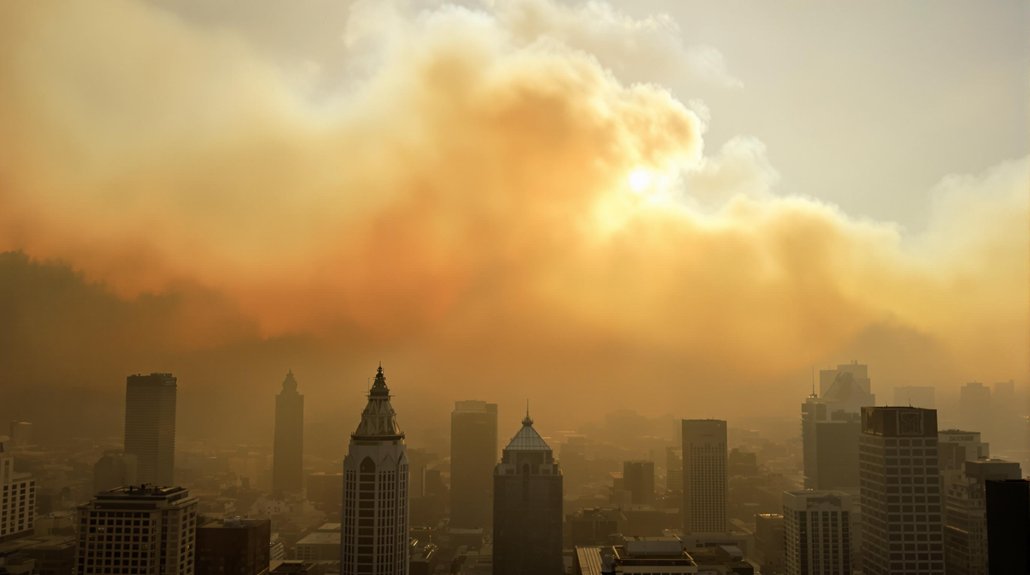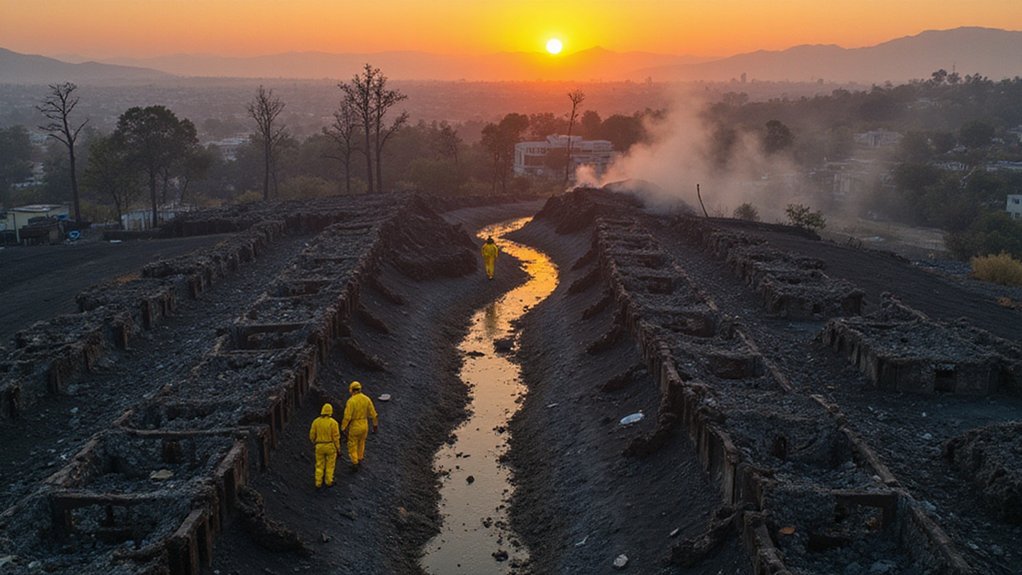How many people need to die before manufacturers slap proper warnings on disposable BBQs? Eight deaths in two years, including kids as young as six. Yet only eight out of 23 tested BBQs bothered to warn about carbon monoxide. That’s not just negligent—it’s borderline criminal.
Carbon monoxide doesn’t mess around. Three minutes. That’s all it takes to kill you. People think they’re being smart, bringing their cooling BBQs into tents to stay warm or keep the campsite tidy. They wake up dead. Well, actually, they don’t wake up at all. The canvas walls trap the invisible killer while families sleep, creating perfect death chambers from what should’ve been fun camping trips.
Testing revealed a pathetic state of affairs. Only two BBQs displayed carbon monoxide warnings prominently on outer labels. Five mentioned something about enclosed spaces. The rest? Nothing. Zip. Nada. Despite publicized deaths plastered across news outlets, manufacturers apparently decided profit margins matter more than preventing suffocation.
The fire risks pile on top of the poisoning dangers. Disposable BBQs cause dangerous fires when people don’t let them cool completely. One recent incident involved a lucky escape—emphasis on lucky. Gas grills leak or break, causing structure fires 6% of the time outside, 13% inside. Every year, these cooking devices rack up $123 million in property damage, kill 10 people, and injure 160 more. Hospital emergency rooms treat an average of 21,682 patients annually for grill-related injuries, adding to the mounting human cost.
Residential properties see the worst of it. Higher injuries than other cooking equipment. Slightly higher dollar losses too. People drag these things into caravans for warmth. Into vehicles. Under awnings. Each scenario creates another potential tragedy waiting to happen. Even outdoors, these BBQs remain hot for several hours after use, and hot weather can prolong cooling time significantly.
Look, disposable BBQs work fine in open air when used properly. That’s the kicker—”when used properly.” But without clear warnings, how are consumers supposed to know? Awareness campaigns haven’t budged manufacturers. Testing exposes massive gaps in safety labeling. Organizations keep pushing for better requirements while families keep dying.
The industry’s response? Minimal improvements at best. They’re banking on consumer ignorance while bodies stack up. Maybe when the death toll hits double digits, they’ll finally print warnings worth reading. Or maybe not. Profits speak louder than dying children, apparently.
References
- https://www.nfpa.org/education-and-research/home-fire-safety/grilling
- https://bristolwastecompany.co.uk/disposable-barbecue-safety/
- https://www.eglaw.com/blog/barbecue-safety-tips/
- https://www.usfa.fema.gov/downloads/pdf/statistics/v11i1.pdf
- https://www.co-gassafety.co.uk/disposable-barbecue-death-warning/








